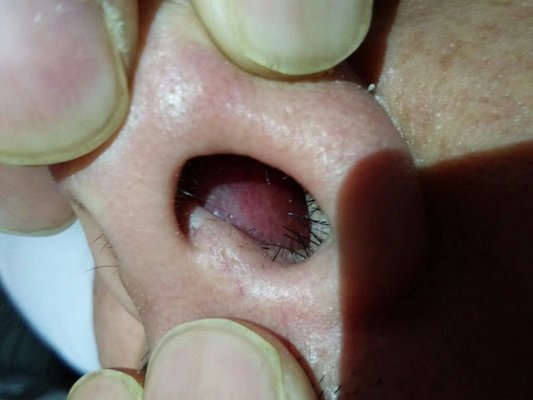What symptom does osteomyelitis have?
summary
Osteomyelitis is an infection and destruction of bone, which can be caused by aerobic or anaerobic bacteria, mycobacteria and fungi. Osteomyelitis often occurs in long bones, feet of diabetic patients or penetrating bone injury sites caused by trauma or surgery. What symptom does osteomyelitis have? Next, I'd like to share my views with you.
What symptom does osteomyelitis have?
Osteomyelitis is an inflammatory disease caused by pyogenic bacteria infecting bone marrow, bone cortex and periosteum. Most of it is caused by blood, trauma or surgical infection. It is mainly caused by the pyogenic bacteria of furuncle, carbuncle or other lesions entering the blood and reaching the bone tissue.

Both ends of the limb bone are most vulnerable to invasion, especially the hip joint. In clinical practice, recurrent attacks are common, which seriously affect physical and mental health and labor ability. Acute osteomyelitis is characterized by high fever and local pain,

When turn to chronic osteomyelitis, there will be ulceration, pus, dead bone or cavity formation. Severe patients often endanger their lives, sometimes have to take emergency measures of amputation, resulting in lifelong disability.

matters needing attention
Infection should be prevented first in open fracture. For open fractures with internal fixation, once infection occurs and spreads to the medullary cavity, the inflammatory infection often spreads along the intramedullary needle to both ends, and the infection may also form in the subcutaneous part where the intramedullary needle goes in or out. Once infection occurs, special attention should be paid to taking out the internal fixation first to control the infection.















